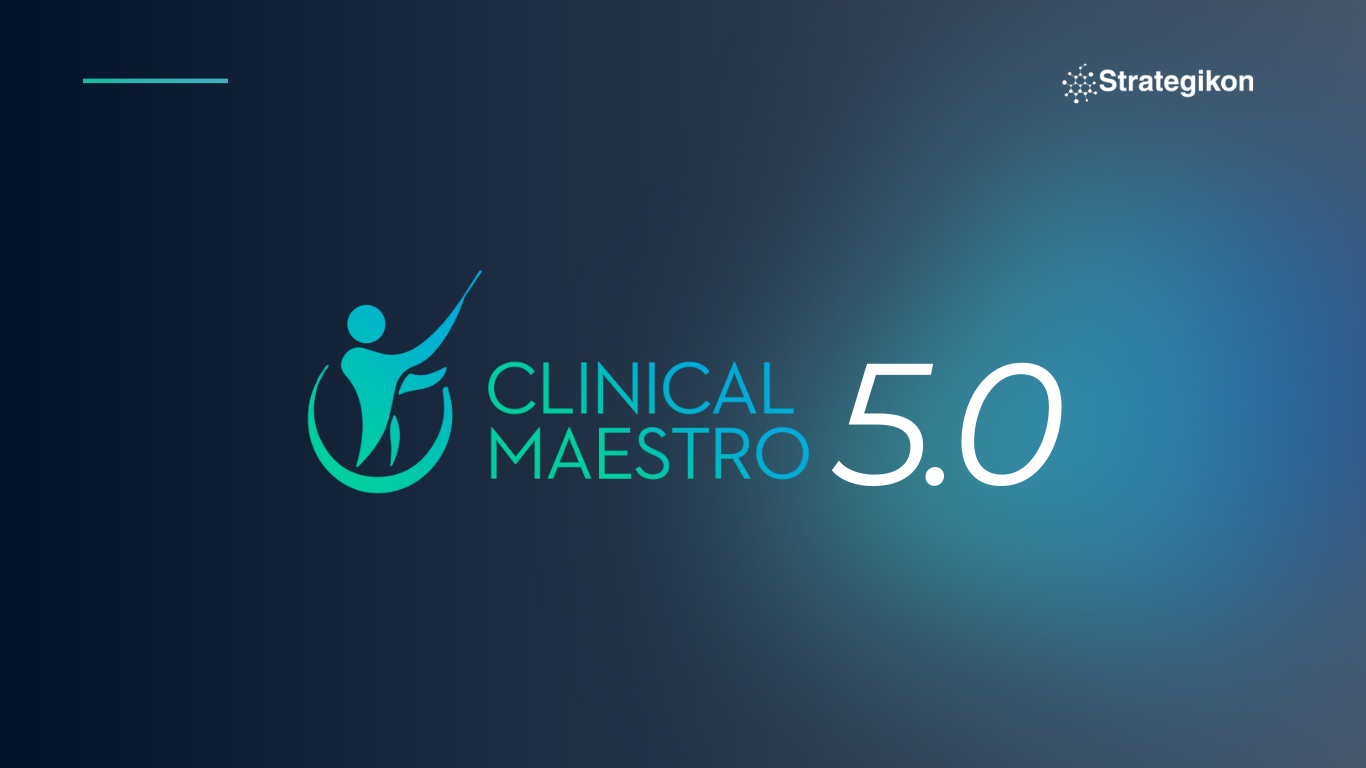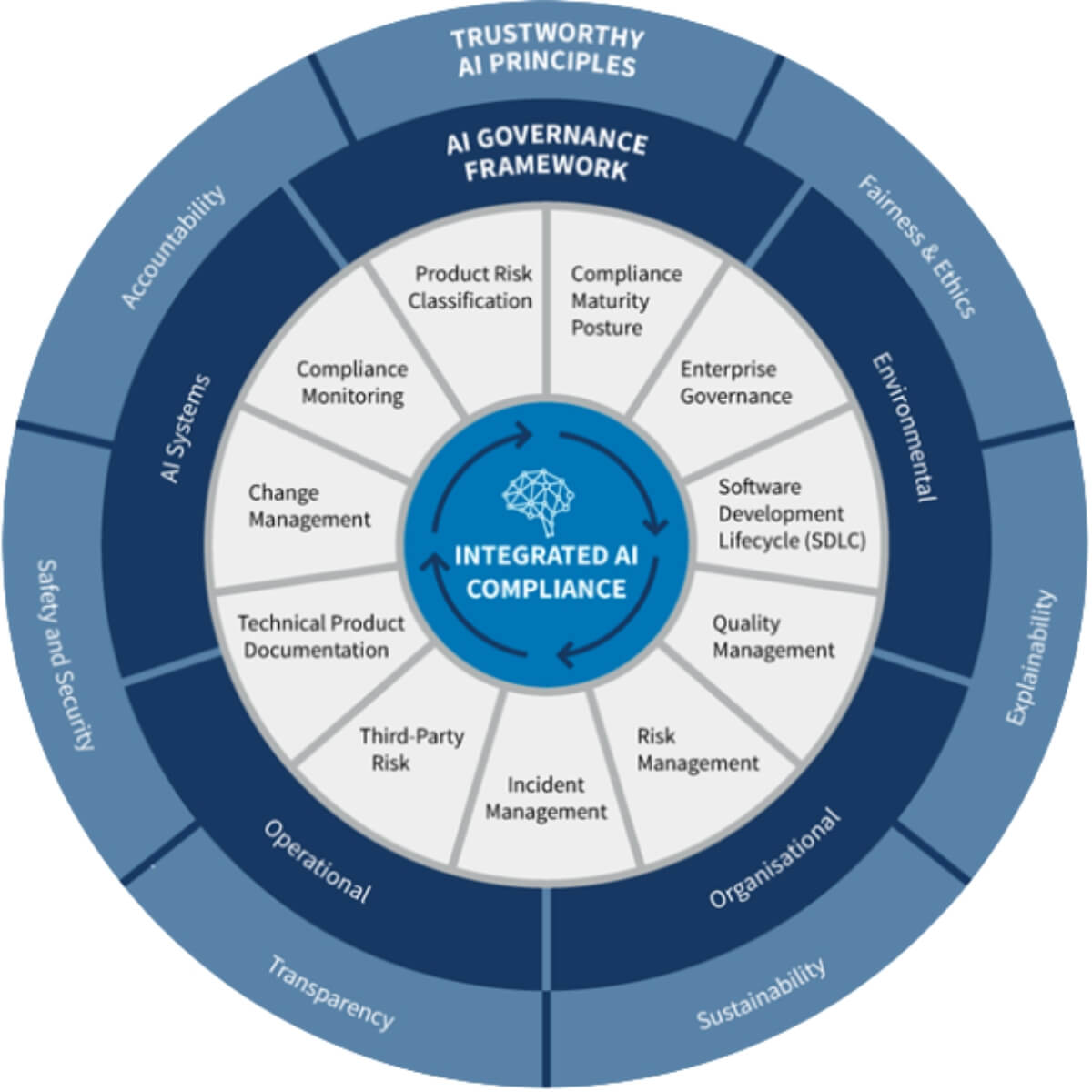
In this resource
Strengthen your processes and increase data-driven decision-making for faster study start-ups.
Strengthen your processes and increase data-driven decision-making for faster study start-ups.
Would you buy a house without looking at comparative properties? Would you sell or buy a car without consulting different specialized sites? Would you ask for a raise without looking at compensation trends? Then why on earth would you buy tens of millions of dollars worth of clinical services without a benchmark?
It is puzzling how most biopharma companies still embark on the outsourcing process without solid pricing intelligence to leverage in negotiations with clinical service providers, such as CROs. This oversight can potentially leave significant savings on the table.
The Flaws of Traditional Competitive Bidding
There are several reasons for the current state of the industry: smaller biotechs generally view competitive bidding as the best method to align bids in a negotiation process, while larger organizations rely on strategic partnership agreements or their own historical data to simplify bid negotiations and leverage internal baselines, such as fixed unit pricing. Both methods are inherently flawed, leading to a loophole in due diligence, significant delays in clinical study start times, increased costs, lengthy negotiations, and multiple change orders down the road.
Let’s look at a "competitive bidding story." One of our customers, a leader in oncology, brought us in "rescue mode" after starting a competitive bidding process in which 5 CROs were invited. The result? There was more than a 100% variance between the lowest and highest bidders. Whose budget is the right one? Hours had already been spent aligning the bids side by side, since the biotech didn’t use a standardized bid grid (the CROs had told them that the bids would be easier to review if submitted in the “native” format of the CRO). We modeled the study in Clinical Maestro, used our industry benchmark® costing data, determined the "baseline budget," created an RFP, and re-sent it to the CROs via Clinical Maestro — all within 3 weeks.
Clinical Maestro's Impact on Sourcing Efficiency
The rescue mission was a resounding success. The contract awarded was within 5% of the original baseline budget. The biotech saved $800K by leveraging the benchmark budget and the sourcing engine, which allowed side-by-side comparisons of unit costs, unit efforts, and rate cards.
This case study represents the typical story of small to mid-size biopharma companies. These organizations tend to have an underdeveloped outsourcing function with just 1-2 employees, often do not use a standardized bid grid — and if they do, it’s usually inherited from another company and not fit for purpose. The benchmark is disingenuous, determined from the competitive bids. Tremendous effort is spent on budget and scope alignment, and more often than not, the awarded bid is not correctly sized to the project, leading to multiple change orders and more negotiation frustrations down the road.
Reinventing Strategic Partnerships with Clinical Maestro
If competitive bidding is challenging, has the industry solved the due diligence problem with the strategic partner model? Recent Clinical Maestro customer stories and discussions with leading outsourcing experts suggest it has not, especially in the recent environment plagued by high inflation, which has made internal historical benchmarks practically unusable. Benchmark costing data needs to be recent, dynamic, and modelled to purpose. When historical trends are leveraged to negotiate with CROs who have changed their costing models to adjust to market trends, it only creates frustration — for both the Sponsor and the CROs.
The fixed unit pricing model has essentially fallen apart since 2022. CROs won’t accept pre-inflation negotiated rates, and new negotiations tend to be risk-averse, damaging the partnership model. Sponsors, who were accustomed to “fixed cost certainty,” are now faced with open, variable bid grids that are not aligned with historical data trends. The consequences? The strategic partner model is being rethought, CRO partners are being swapped out, and fixed pricing is being replaced with FSP, hybrid, or variable models — all of which lead to increased budgets. Combined with under-resourced outsourcing departments, this results in substandard outsourcing.
So, what is the solution? Take the best of both worlds by combining the competitive and strategic partner models with technology for intelligent sourcing and cost benchmarking. Data shows this approach leads to more than 10% savings on clinical trial costs.
Can you afford to ignore 10% on an average $10M trial cost?
Your CFO or Head of Operations certainly would not.
At Clinical Maestro, we cannot either, which is why we continue to invest in the most advanced clinical outsourcing technology in the market. Whether conducting competitive bidding or reinventing the strategic partner model and working in a non-competitive environment, benchmark costing data is essential to establishing the baseline bidding budget, which leads to successful contract negotiations. Sourcing technology that is flexible enough to accommodate existing bid grids — or create new ones — and leverages AI-powered bid grid mapping and best-in-class processes benefits both Sponsors and CROs by simplifying and demystifying the complexity of the clinical outsourcing process.
In this resource
Strengthen your processes and increase data-driven decision-making for faster study start-ups.
RESOURCES
Explore Expert Insights and Resources for Clinical Excellence

Webinars
AI is everywhere these days — but it’s also confusing. What exactly is it? Does it actually work? Why do some companies restrict its use? Are all “AI” tools created equal? And how do generative and agentic AI differ? Join Clinical Maestro’s live webinar to cut through the noise and explore what’s real vs. hype in AI for clinical outsourcing and procurement.

Blogs
Strategikon launches Clinical Maestro® 5.0 with Clinical Maestro AI — transforming clinical outsourcing. Learn how sponsors and CROs benefit from vendor intelligence, rate card compliance, change order simplification, and cost transparency.

Case Studies
Faced with inefficiencies, compliance risks, and fragmented communication, a biopharma company dramatically enhanced its vendor governance by implementing VISION!
DEMO
Request a demo
Discover how Strategikon’s advanced solutions can streamline your clinical trial operations. Request a personalized demo to explore how our tools transform budgeting, vendor management, and outsourcing efficiency for pharma and biotech.






















